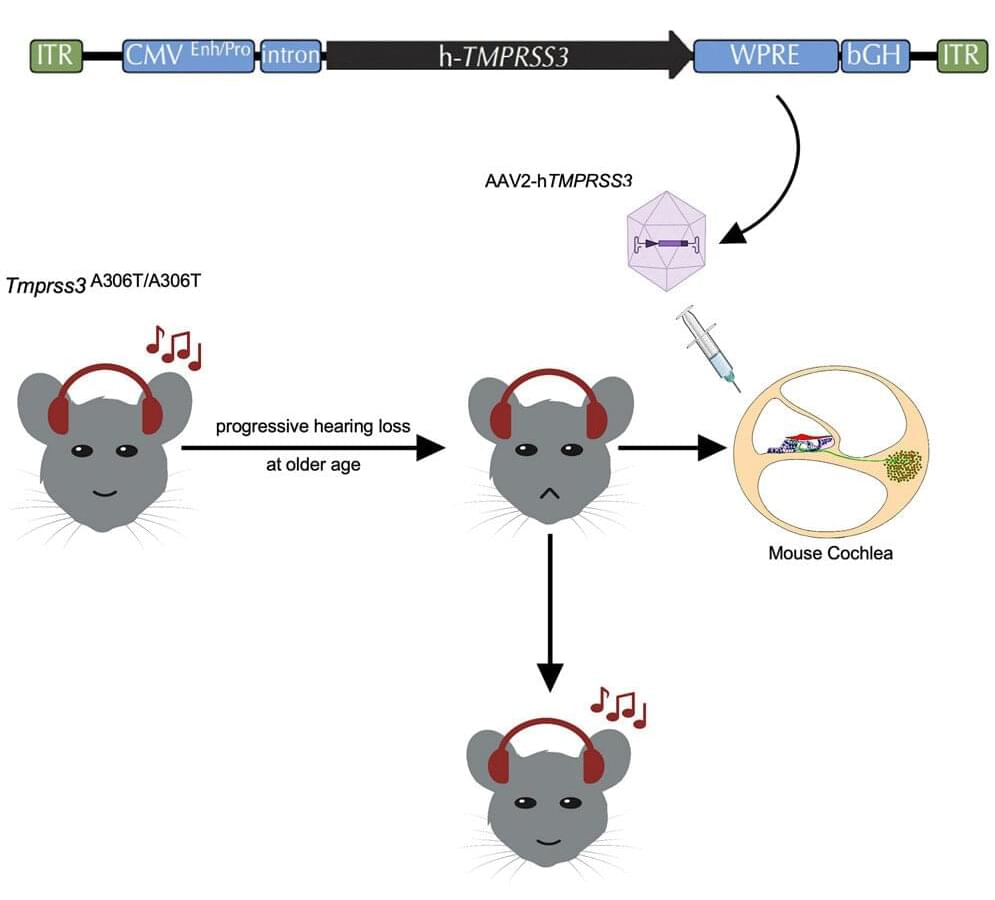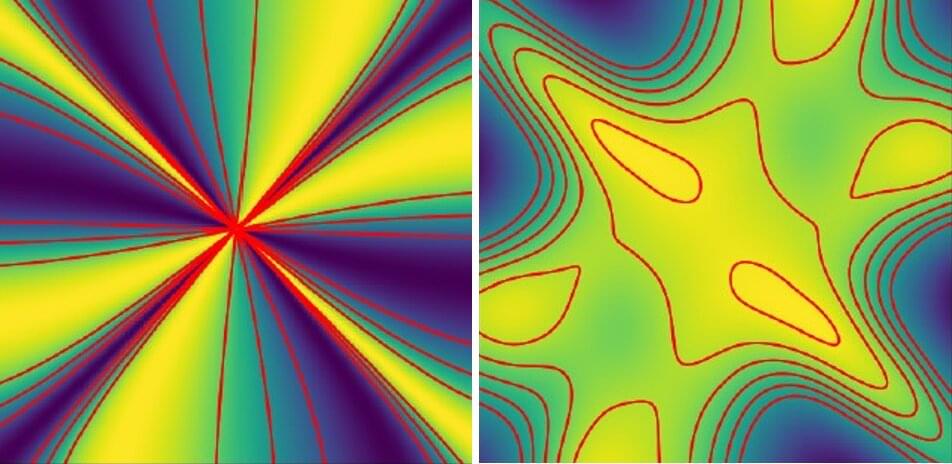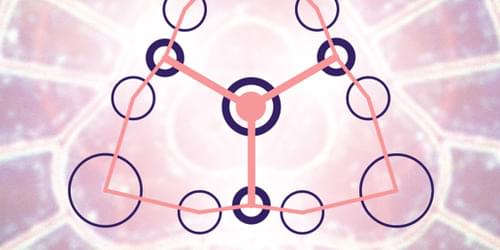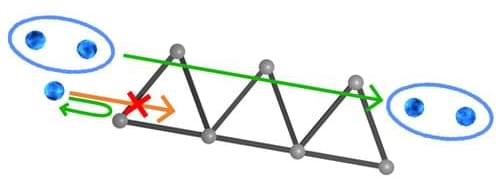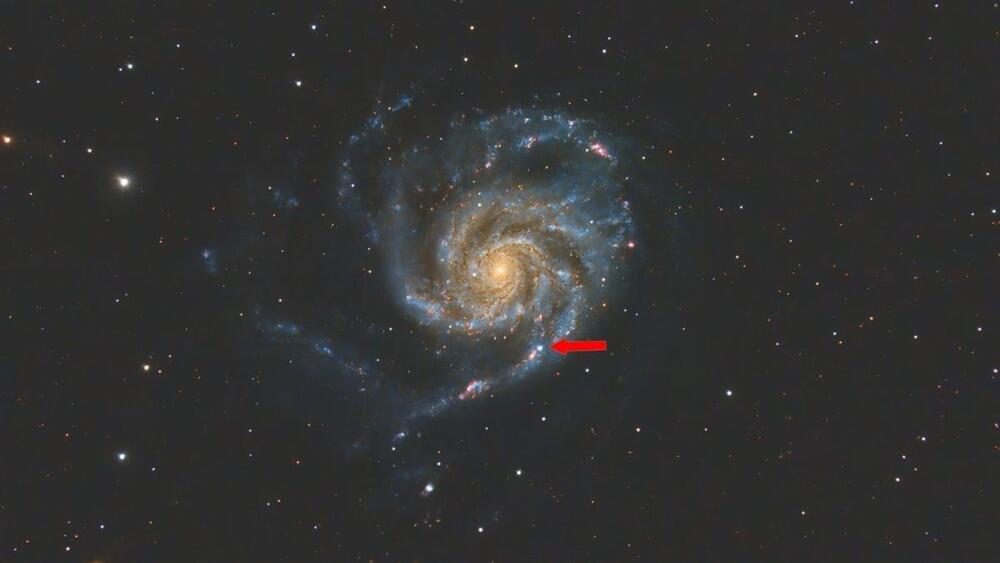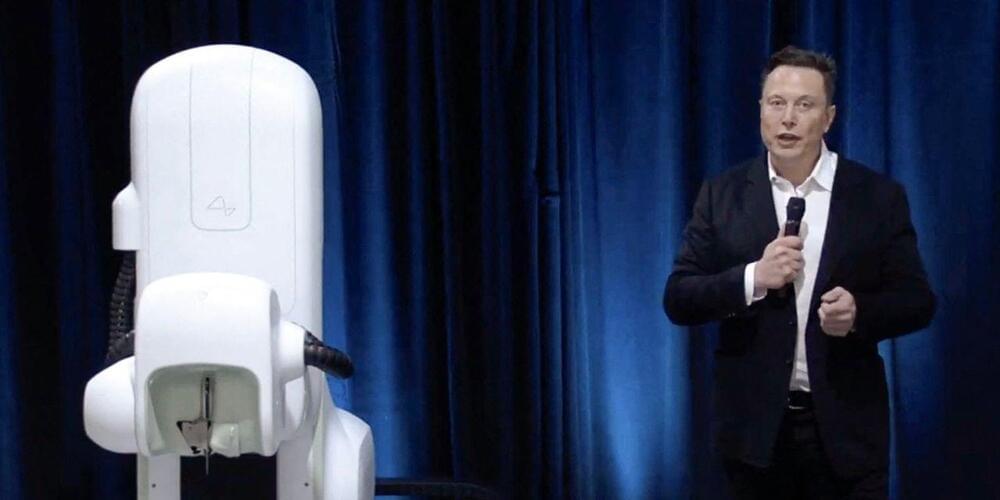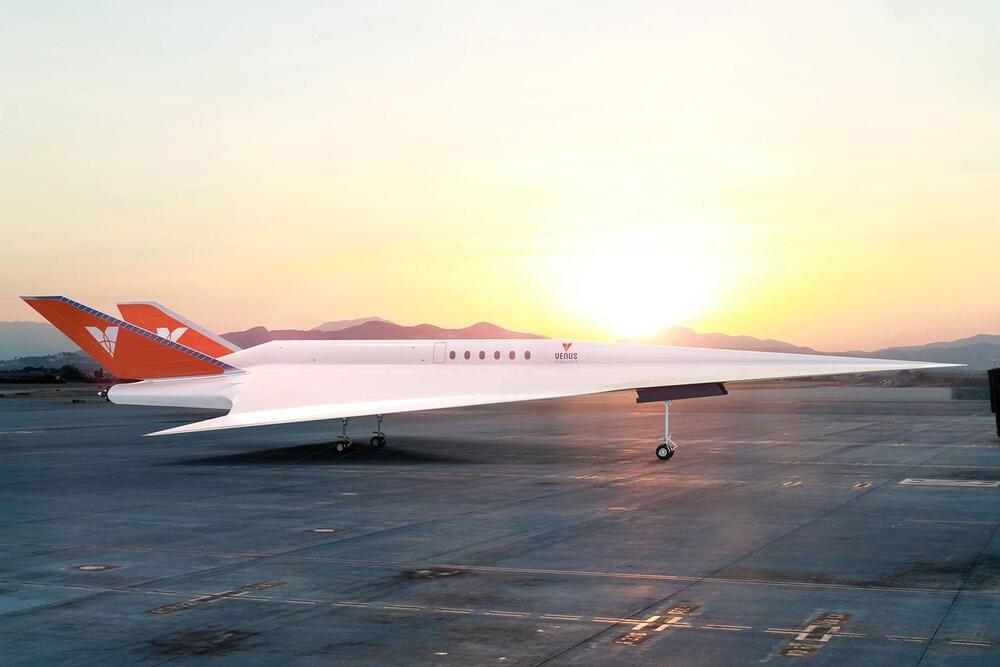A combination of two techniques provides warning signs that the stress on a material will lead to failure.
Soft elastomers, such as rubber, plastic, and silicone, are used in thousands of products, such as gaskets, hoses, and inflatable rafts, but under stress, these materials tend to crack abruptly, without warning. Now, using an improved method to image structural changes in a sample under stress, researchers have shown that a subtle pattern of molecular motions at the surface of the material occurs several minutes before a final failure [1]. With development, they believe the technique may help engineers monitor materials while in use and detect failures well before they happen. The researchers also showed that their approach works for some more brittle polymer materials.
When studying the mechanical failure of a material, researchers often experiment by cutting a small notch into a thin sheet of the material and applying a slowly increasing force that pulls the notch apart. Eventually, a crack will grow and spread rapidly from the notch. Materials scientist Costantino Creton of Paris Sciences and Letters University says that over the past few years, such experiments have led to two general findings for elastomers. First, by embedding light-emitting, force-sensitive molecules into test materials, researchers have shown that, prior to crack initiation, irreversible molecular-bond damage accumulates very close to the initial notch (within 0.1 mm). Second, using sensitive spectroscopy techniques, other studies have found signs of unusual microscopic rearrangements of the polymer molecules occurring over larger regions of the material just prior to failure.
